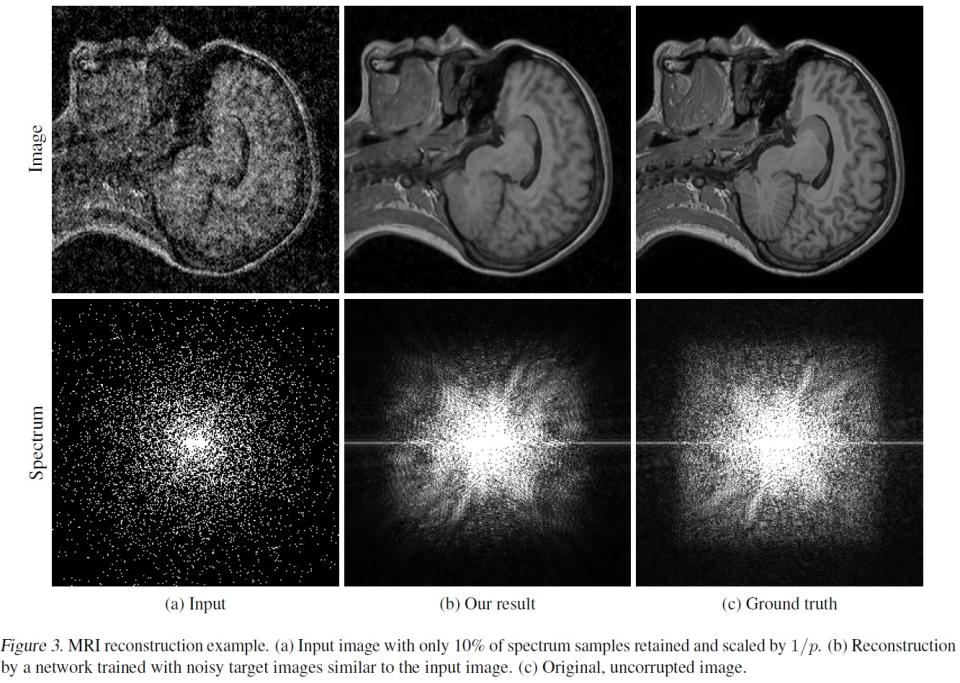NVIDIA's AI can fix bad photos by looking at other bad photos
The deep learning-based method cleans up noisy images.
A team of researchers from NVIDIA, MIT and Aalto University have found a way to fix pixelated photographs using AI -- even if the AI has never seen a clean example of the target photo.
The group used deep learning -- a type of machine learning that can teach AI to piece together images, text or video -- to restore images with noisy input. While previous work trained AI to reconstruct photos with missing facial features by showing it complete photos, the current method means AI can rebuild a clean photo by only using "corrupted data", or two tarnished images. And surprisingly, its ability to clean up artifacts, remove text and beautify photos occasionally produced a better outcome than methods requiring cleaner reference material.
The AI does this by utilizing a neural network that's been trained using corrupt photos. It doesn't need a clean image, but it does need to observe the source image twice. Experiments showed that target material affected by different kinds of synthetic noise (additive Gaussian, Poisson and bionomial noise) could still yield results that were "virtually identical" in quality with photos restored using clean targets. One of the most exciting things about the system is that it can significantly reduce the amount of time required for image rendering -- we're talking milliseconds.
More practical applications of this deep learning-based approach are promising for the medical field, where the quality of MRI scans and other types of imaging could be further enhanced.



